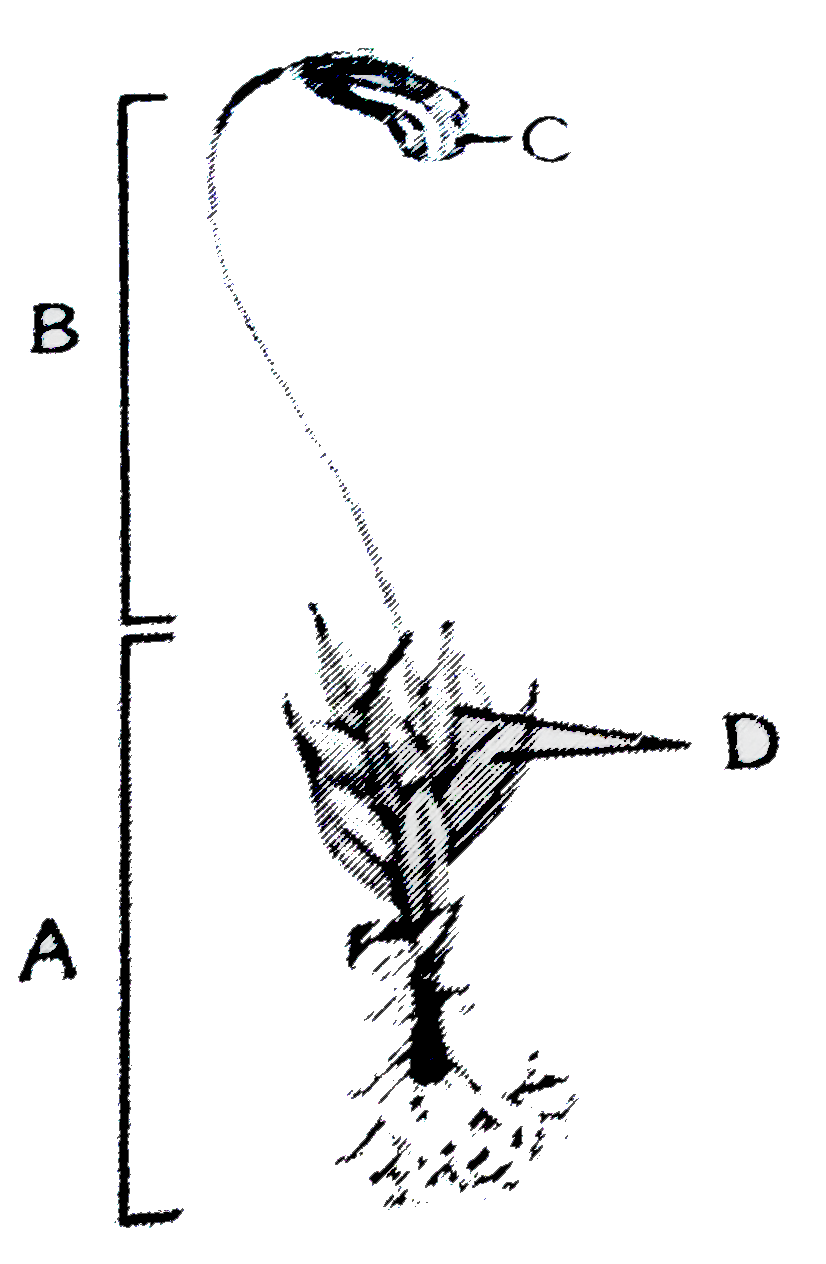Identify the intensive quantities from the following :
(a)Enthalpy
(b)Temperature
(c)Pressure
(d)Mass
Enthalpy
Temperature
Pressure
Mass
The correct Answer is:B, C
To identify the intensive quantities from the given options, we need to understand the distinction between intensive and extensive properties.
1. Understand Intensive and Extensive Properties:
- Intensive properties are those that do not depend on the amount of substance present in the system. Examples include temperature, pressure, and density.
- Extensive properties, on the other hand, depend on the amount of substance. Examples include mass, volume, and enthalpy.
2. Analyze Each Option:
- (a) Enthalpy: This is an extensive property because it depends on the amount of substance in the system. If you have more substance, the enthalpy will increase.
- (b) Temperature: This is an intensive property because it does not change with the size of the system. Whether you have a small or large sample, the temperature can remain the same.
- (c) Pressure: This is also an intensive property. Pressure is defined as force per unit area and does not depend on the size of the system.
- (d) Mass: This is an extensive property because it directly depends on the amount of substance present. More substance means more mass.
3. Conclusion:
- From the analysis, the intensive quantities among the options provided are:
- (b) Temperature
- (c) Pressure
Final Answer:
The intensive quantities from the given options are:
- Temperature (b)
- Pressure (c)
- Intensive properties are those that do not depend on the amount of substance present in the system. Examples include temperature, pressure, and density.
- Extensive properties, on the other hand, depend on the amount of substance. Examples include mass, volume, and enthalpy.
- (a) Enthalpy: This is an extensive property because it depends on the amount of substance in the system. If you have more substance, the enthalpy will increase.
- (b) Temperature: This is an intensive property because it does not change with the size of the system. Whether you have a small or large sample, the temperature can remain the same.
- (c) Pressure: This is also an intensive property. Pressure is defined as force per unit area and does not depend on the size of the system.
- (d) Mass: This is an extensive property because it directly depends on the amount of substance present. More substance means more mass.
- From the analysis, the intensive quantities among the options provided are:
- (b) Temperature
- (c) Pressure
The intensive quantities from the given options are:
- Temperature (b)
- Pressure (c)
Topper's Solved these Questions
Similar Questions
Identify the extensive quantities from the following :
View SolutionIdentify the intensive quantity from the following
View SolutionIdentify intensive property from the following
View SolutionIdentify intensive property from the following
View SolutionIdentify an intensive property among the following
View SolutionIdentify that A,B and C from the following

View SolutionSort out the intensive and extensive properties among the following:
Temperature, mass, specific heat, density, enthalpy, entropy, concentration, free energy.
View SolutionIdentify a, b, c,d,e and f in the following table :

View SolutionIdentify a, b, c,d,e and f in the following table :

View SolutionIdentify the given figure with A,B,C & D

View Solution
